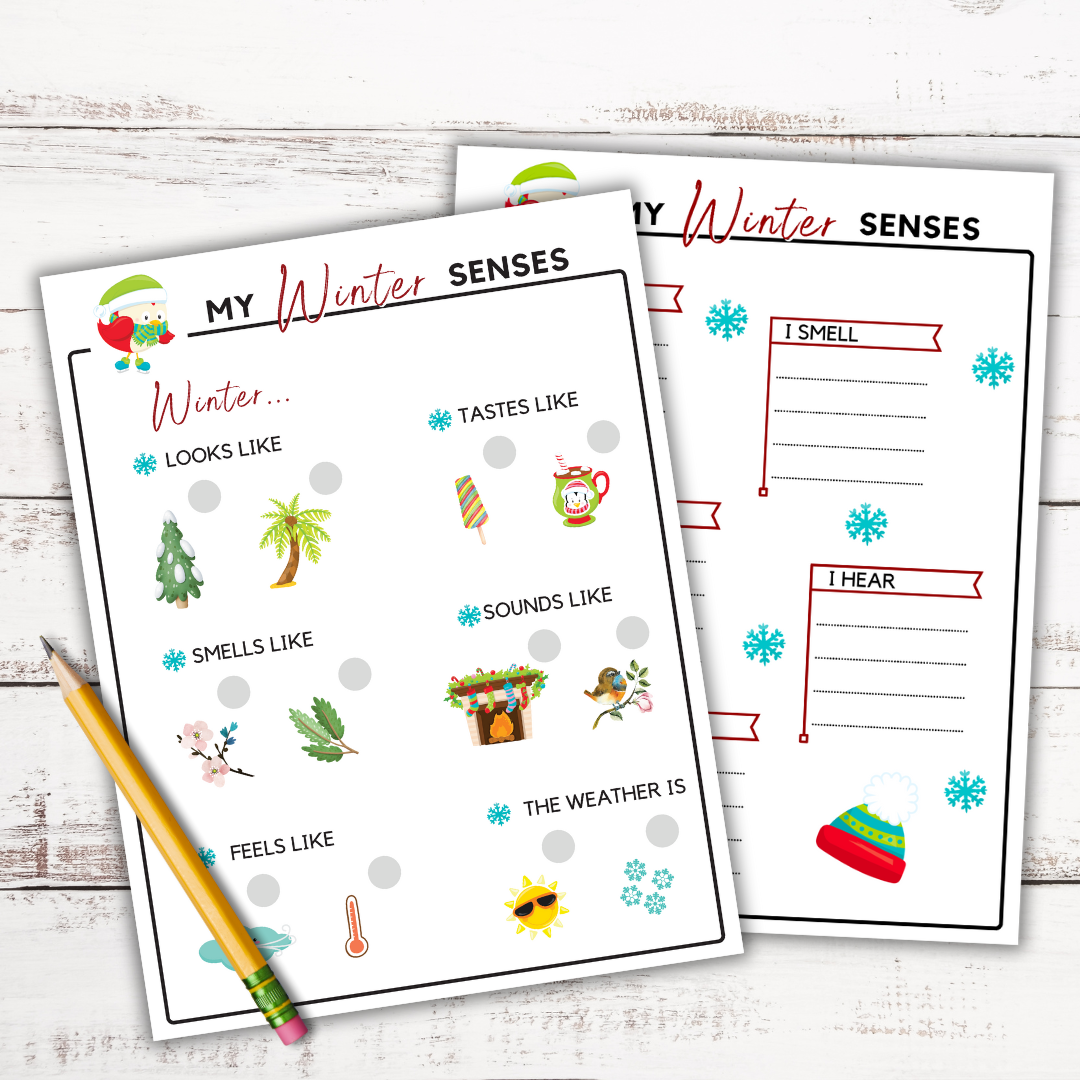Winter Nature Walks
Have you ever experienced the magic of winter nature walks in your homeschooling journey?
Just think about it – the crunch of snow underfoot, the skeletal beauty of leafless trees, and icy streams glittering in the weak winter sun.
Winter nature walks present a unique opportunity to witness the resilience of nature in the face of harsh conditions.
They not only serve as an excellent means of engaging children in physical activity during the colder months but also provide an invaluable teaching tool within the context of winter homeschooling.
Understanding the season’s impact on nature and how wildlife adapts to these changes can provide fascinating insights into the natural world.
The benefits of such experiences aren’t just educational – they’re also about fostering a lifelong appreciation for nature’s cycles.
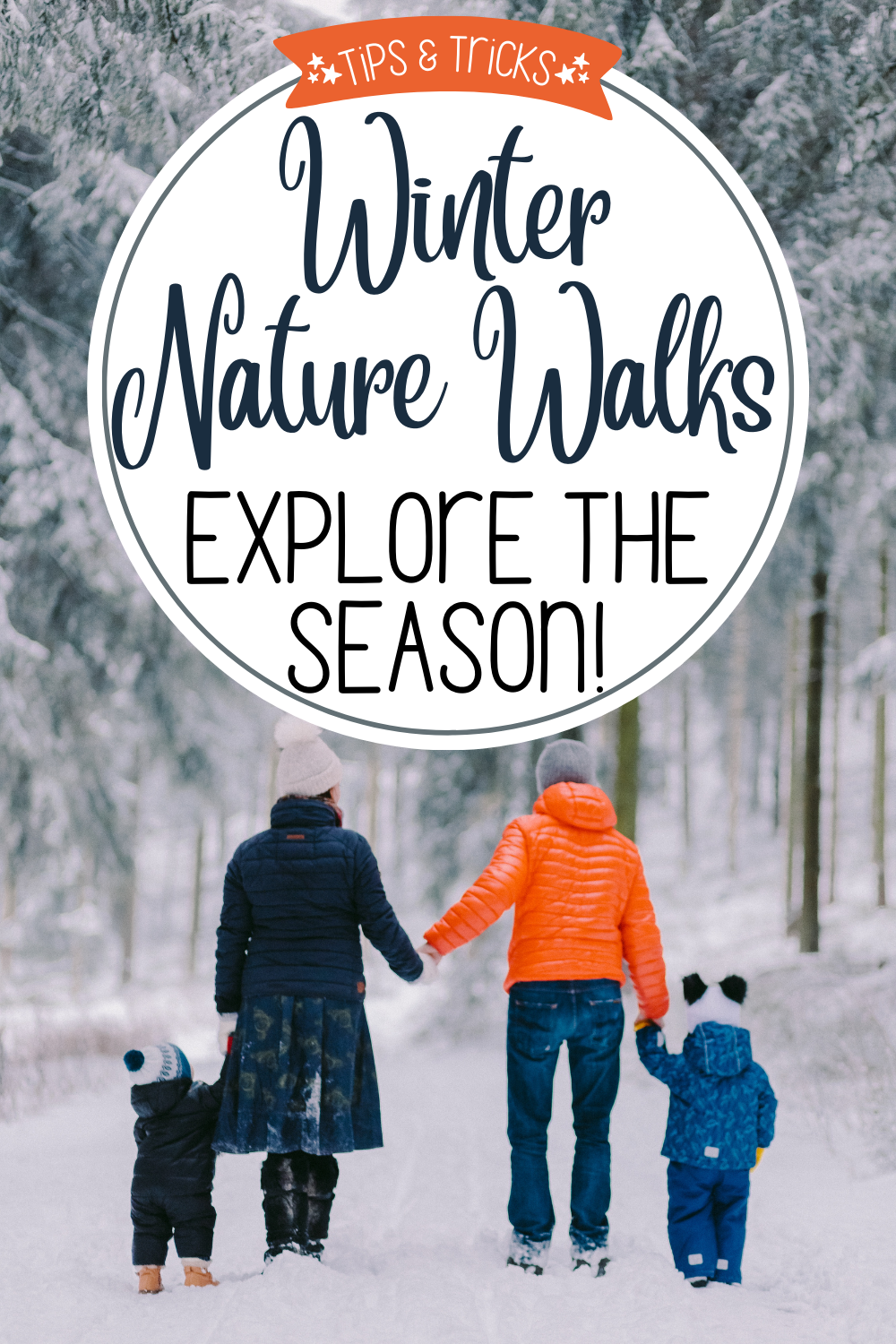
Preparing for a Winter Nature Walk
Proper preparation is key to enjoying a winter nature walk. Dressing appropriately for the weather is the first step. Layer your clothing to stay warm, but ensure that the layers can be easily removed or added as needed. Your outermost layer should be waterproof to protect against snow and sleet. Don’t forget to wear sturdy, waterproof boots and thick gloves to keep your feet and hands warm.
Safety is another important consideration. Keep track of the weather forecast and be aware of any potential risks, such as avalanches or ice on paths. If you’re planning on venturing into remote areas, inform someone about your plans and expected time of return.
Lastly, make sure you have all the essential gear and supplies. This includes a map and compass for navigation, a first-aid kit for emergencies, and sufficient food and water. You might also want to bring along a field guide to help identify the plants and animals you come across, and a notebook to jot down your observations. Remember, preparation is the key to ensuring that your winter nature walk is a safe and enjoyable experience.
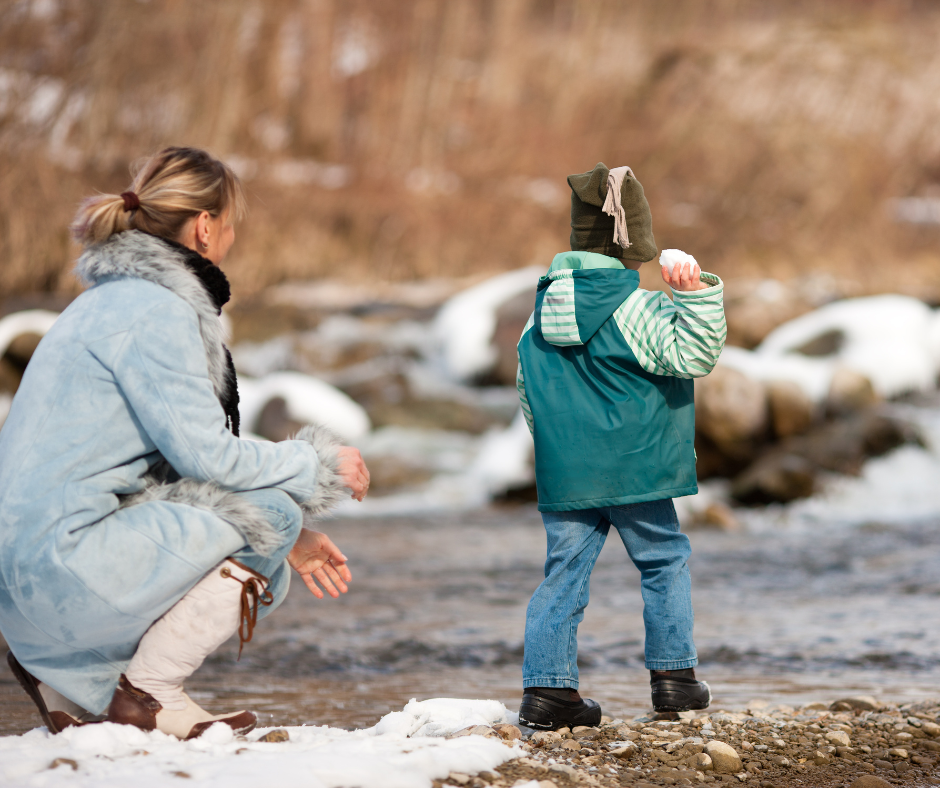
Incorporating Education in Winter Nature Walks
Incorporating educational elements into your winter nature walks can transform them from mere recreational activities into rich, experiential learning experiences.
Identifying Winter Flora and Fauna
During your walks, challenge your children to identify different species of flora and fauna. Even in winter, you can find a variety of birds, mammals, and resilient plant life. Use a field guide to help identify different species and discuss their unique adaptations for surviving the harsh winter conditions.
Observing Winter Weather Patterns
Winter provides a fantastic opportunity to observe and learn about different weather patterns. Encourage children to notice changes in temperature, precipitation, and wind direction. Discuss weather-related concepts such as the formation of frost, the water cycle, and how snowflakes are formed. This hands-on experience with weather can bring those lessons from textbooks to life.
Geological and Geographical Features to Note
Winter can emphasize certain geological and geographical features that might not be as visible in other seasons. For instance, the contour of the land can be easier to observe when vegetation is sparse. Also, ice formations can illustrate erosion patterns on rocks. Encourage your children to observe these features and discuss how they might have formed. By engaging in these discussions, children can develop a deeper understanding of the world around them.

Fun and Interactive Winter Nature Activities
Incorporating fun, hands-on activities into your winter nature walks can make them even more engaging and add an element of play-based learning. Here are a few suggestions:
Snowflake Observation and Classification: Equip your children with a magnifying glass and encourage them to observe and classify the different shapes and patterns they find in snowflakes. This activity can lead to discussions about the science behind snowflake formation and the uniqueness of each flake.
Nature-Inspired Winter Crafts and Art Projects: Collect natural materials during your walk, such as pinecones, twigs, or fallen leaves. Once home, these can be used in art projects or crafts. This fosters creativity and helps children form a personal connection to the natural world.
Winter Scavenger Hunts: Create a list of winter-specific items for your children to find during the walk. This could include various types of animal tracks, different shapes of icicles, or specific kinds of winter birds. This turns the walk into an exciting game while also teaching children observation skills.
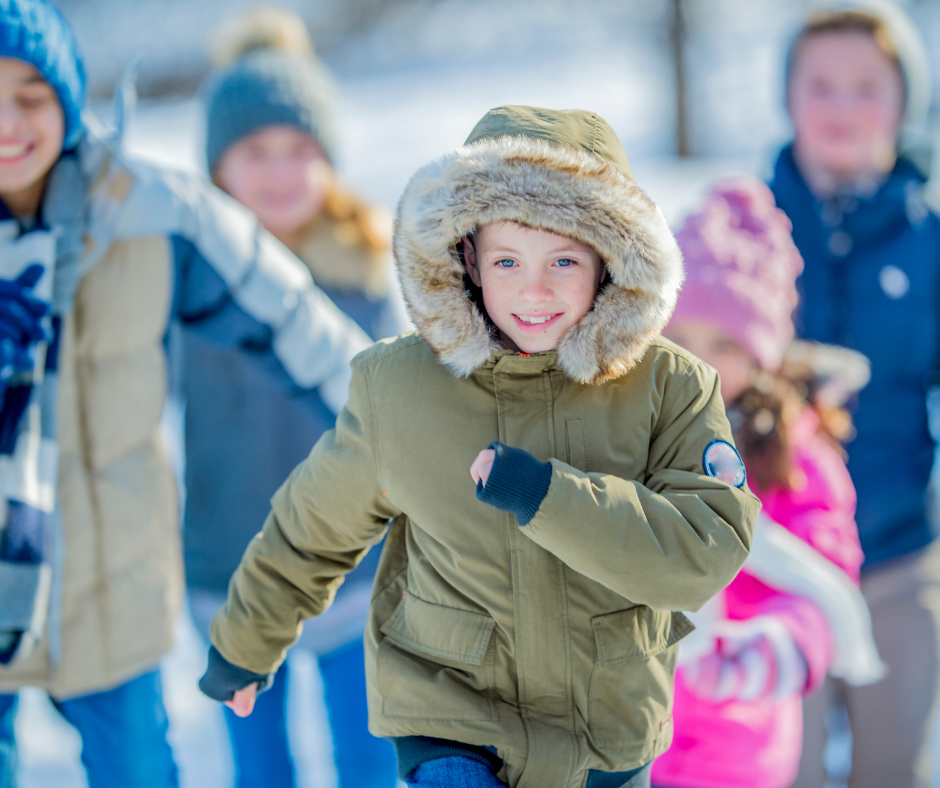
Winter Nature Walks
Winter nature walks can serve as a powerful tool for promoting mindfulness. Focusing on the sensory experiences of the walk – the crunch of the snow underfoot, the brisk winter air on your face, the sight of an intricate snowflake, or the sound of a distant bird call – can all draw attention to the present moment. This can help to reduce stress and foster inner peace.
Speaking of physical benefits, engaging in regular outdoor activity, even in winter, can have numerous health advantages. It promotes cardiovascular health, builds strength, improves immunity, and enhances mood. The chilly weather can also stimulate circulation, contributing to overall well-being.
Moreover, winter nature walks can help to build resilience and adaptability. Encountering different weather conditions and terrains can teach children (and adults too) about the necessity of being flexible and adjusting to changing circumstances. It’s about understanding that, just as nature adapts to the winter season, we, too, can adapt to changes and challenges in our lives.
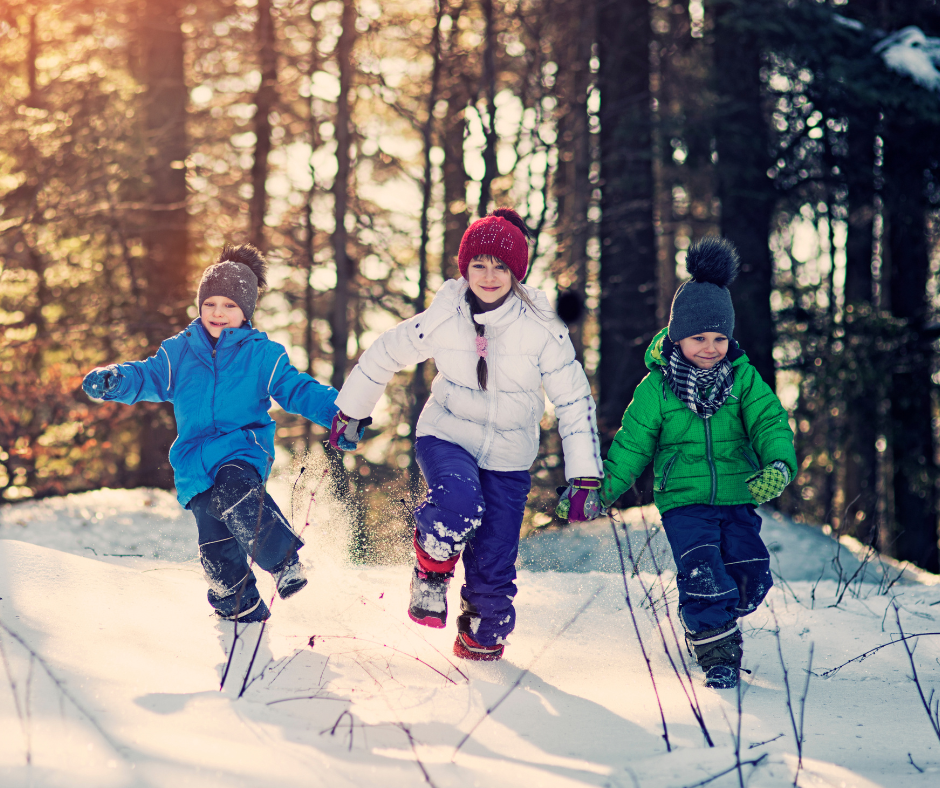
Documenting and Reflecting on Winter Nature Walks
Keeping a nature journal is a wonderful way to document and reflect upon your winter nature walks. Encourage your children to write about their experiences, draw pictures of the things they’ve seen, and even stick in leaves or other safe-to-collect items they’ve found. This will not only serve as a memento of their experiences but also help them process and understand what they’ve learned.
Photography and nature sketching are other fantastic ways to document your walks. By capturing images of the winter landscape, children can develop their artistic skills and appreciation for nature. Sketching encourages careful observation and attention to detail, providing a deeper understanding of the beauty inherent in winter’s simplicity.
Finally, sharing experiences in homeschooling communities can greatly enrich your family’s winter nature walking experiences. By sharing stories, photos, and learning insights with others, your children can learn from their peers’ experiences and feel part of a community. This also provides an audience for their nature journals or art, further motivating their engagement with nature and learning.

Winter nature walks can play a pivotal role in a homeschooling curriculum, offering a diverse, immersive, and hands-on learning experience. They provide an opportunity to teach children about nature, geography, and weather patterns, and even foster an appreciation for art and creativity.
Beyond educational benefits, these walks encourage mindfulness, resilience, and physical well-being. They’re a powerful tool for building a connection with the natural world, promoting curiosity, and instilling a lifelong love of learning.
As such, they warrant consistent incorporation into your homeschooling schedule. So, bundle up, step outside, and let the magic of winter’s classroom unfold.





